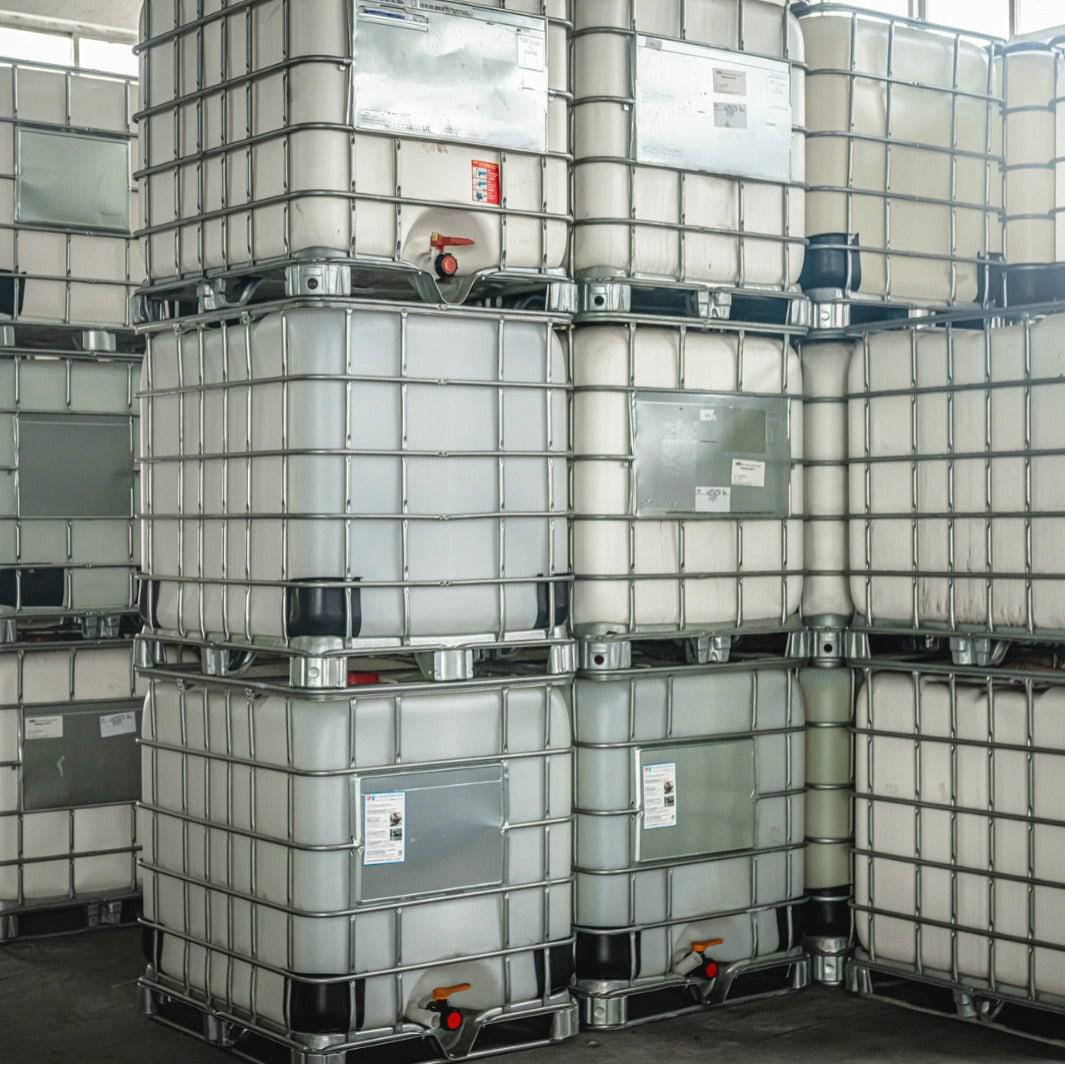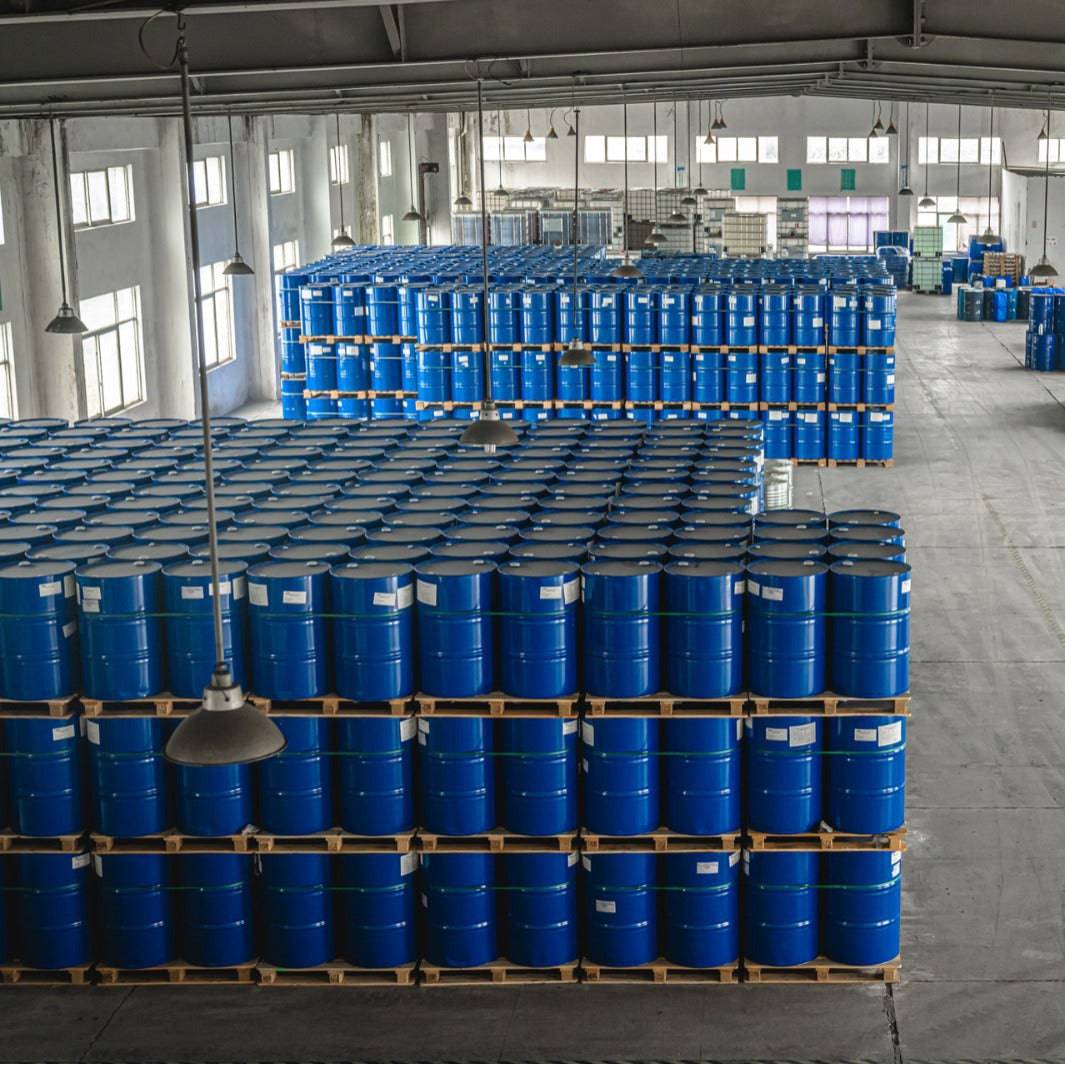7 Simple Techniques For Chemie
7 Simple Techniques For Chemie
Blog Article
Chemie for Beginners
Table of ContentsChemie Things To Know Before You BuyOur Chemie DiariesThe Of ChemieLittle Known Questions About Chemie.The Definitive Guide for Chemie8 Simple Techniques For Chemie
(https://chemie999.weebly.com/)Calculated change in electrical conductivity of fluid examples as a feature of time when stirred with the resin example in the closed indirect cooling loophole experiment. Figure 6 reveals the adjustment in the determined electric conductivity of the fluid examples when mixed with the resin example. The conductivity of the water example from the closed loop experiment lowered by about 70% from 11.77 S/cm to 3.32 S/cm in 6 hours.These results indicated that the capacity of the material relies on the test liquid made use of for the experiment. This reveals that different ions present in the fluid will certainly lead to different ion exchange ability of the fluid. Computing the ion exchange material ability with the fluid sample from the real air conditioning loop is essential.
Unknown Facts About Chemie
As a result, an ion exchange material cartridge consisting of 20g of Dowex combined bed material might handle order 938 days to fill. Simply put, to preserve a reduced electrical conductivity, a material cartridge with the dimension and weight spec as that of the resin cartridge used in the experiment, require to be changed every 30 months for the air conditioning system that was used in the experiment
The air conditioning of digital parts has actually come to be a major obstacle in recent times due to the improvements in the layout of faster and smaller sized elements. The usage of a fluid coolant has actually ended up being eye-catching due to the greater warm transfer coefficient accomplished as compared to air-cooling.
Facts About Chemie Uncovered
A single phase air conditioning loophole consists of a pump, a warm exchanger (cool plate/mini- or micro-channels), and a heat sink (radiator with a follower or a liquid-to-liquid warmth exchanger with cooled water air conditioning). The warmth resource in the electronics system is connected to the warmth exchanger.
The demands may vary relying on the kind of application. Complying with is a checklist of some general requirements: Great thermo-physical buildings (high thermal conductivity and details warm; reduced viscosity; high concealed warmth of evaporation for two-phase application) Reduced cold point and ruptured factor (sometimes burst protection at -40 C or lower is required for delivery and/or storage objectives) High climatic boiling factor (or reduced vapor stress at the operating temperature level) for solitary phase system; a slim wanted boiling factor for a two-phase system Good chemical and thermal stability for the life of the electronic devices system High flash factor and auto-ignition temperature (occasionally non-combustibility is a demand) Non-corrosive to materials of building and construction (steels as well as polymers and various other non-metals) No or marginal governing restrictions (environmentally friendly, safe, and potentially biodegradable) Affordable The best electronic devices coolant is a cost-effective and nontoxic fluid with outstanding thermo-physical homes and a lengthy service life.
Chemie - Questions
A lot of these fluids have a non-discernible odor and are safe in situation of call with skin or ingestion. As pointed out in the past, aliphatic PAO-based liquids have actually changed the silicate-ester fluids in a range of army electronic devices (and avionics) cooling down applications in the last decade. Another course of prominent coolant chemistry is dimethyl- and methyl phenyl-poly (siloxane) or generally understood as silicone oil.
Fluorinated compounds such as perfluorocarbons (i.e., FC-72, FC-77) hydrofluoroethers (HFE) and perfluorocarbon ethers (PFE) have particular special buildings and can be utilized in call with the electronics [4, 8] To start with, these click to read liquids are non-combustible and safe. Some fluorinated substances have absolutely no ozone diminishing possible and other environmental residential properties.
Ethylene glycol is anemic and practically odor-free and is completely miscible with water. When correctly hindered, it has a reasonably low corrosivity. Nevertheless, this coolant is classified as hazardous and need to be handled and disposed of with treatment. The quality of water used for the prep work of a glycol service is extremely vital for the system.
Chemie Can Be Fun For Anyone

Apart from absence of toxicity, it has no advantages over ethylene glycol, being higher in cost and more viscous. This is an inexpensive antifreeze service, discovering use in refrigeration solutions and ground resource heat pumps. Comparable to glycols, this can be prevented to stop deterioration. This liquid can be made use of down to -40 C owing to its fairly high price of heat transfer in this temperature level range.
It is taken into consideration more unsafe than ethylene glycol and subsequently has found usage only for procedure applications located outdoors. Likewise, methanol is a combustible fluid and, thus, presents a possible fire threat where it is stored, took care of, or used. This is an aqueous remedy of denatured grain alcohol. Its major advantage is that it is safe.
All about Chemie
As a combustible fluid, it calls for particular safety measures for dealing with and storage space. Liquid options of calcium chloride discover large use as flowing coolants in food plants. It is non-flammable, non-toxic and thermally much more reliable than the glycol solutions. A 29% (by wt.) calcium chloride solution has a cold point listed below -40 C.

Report this page